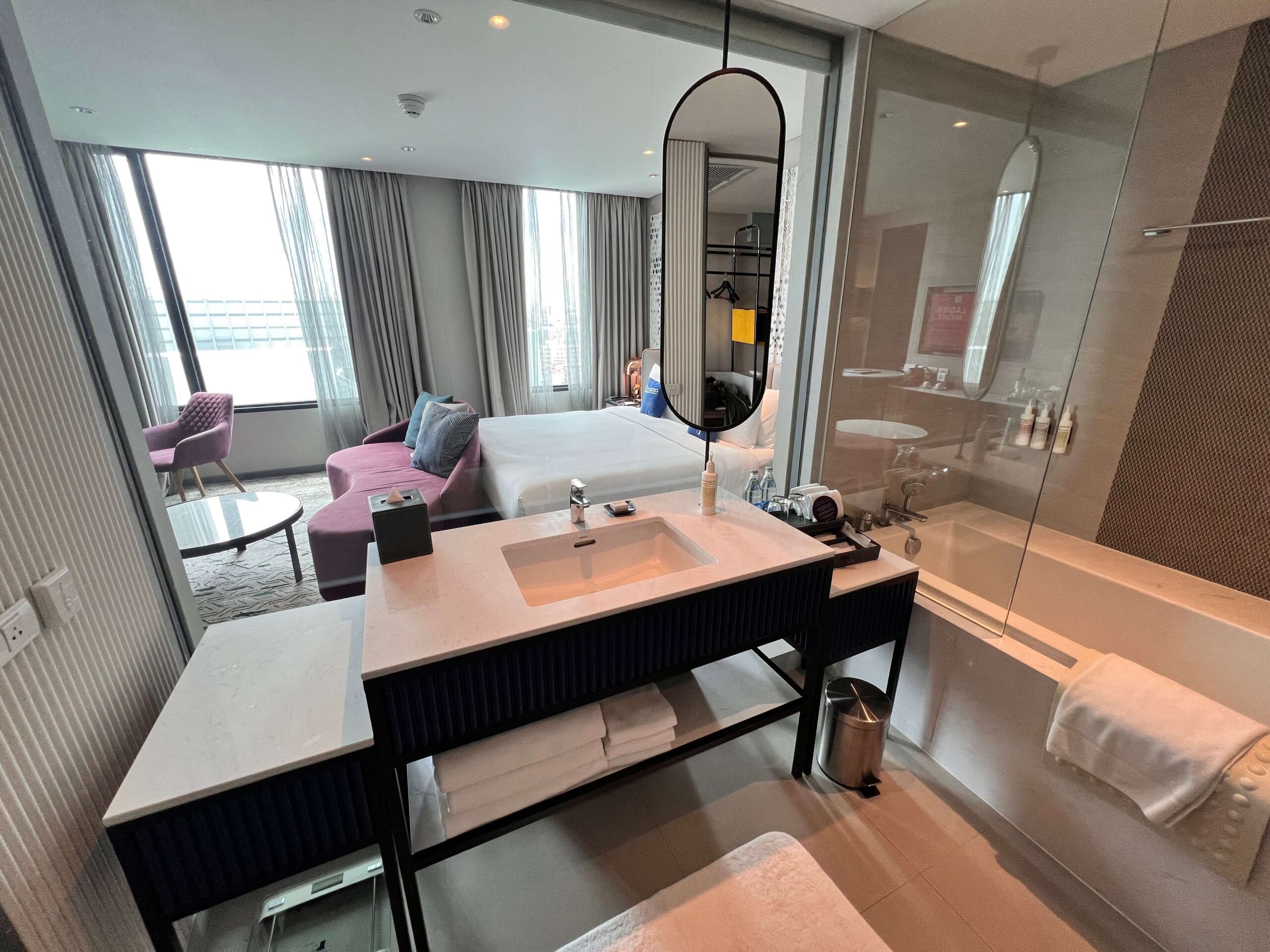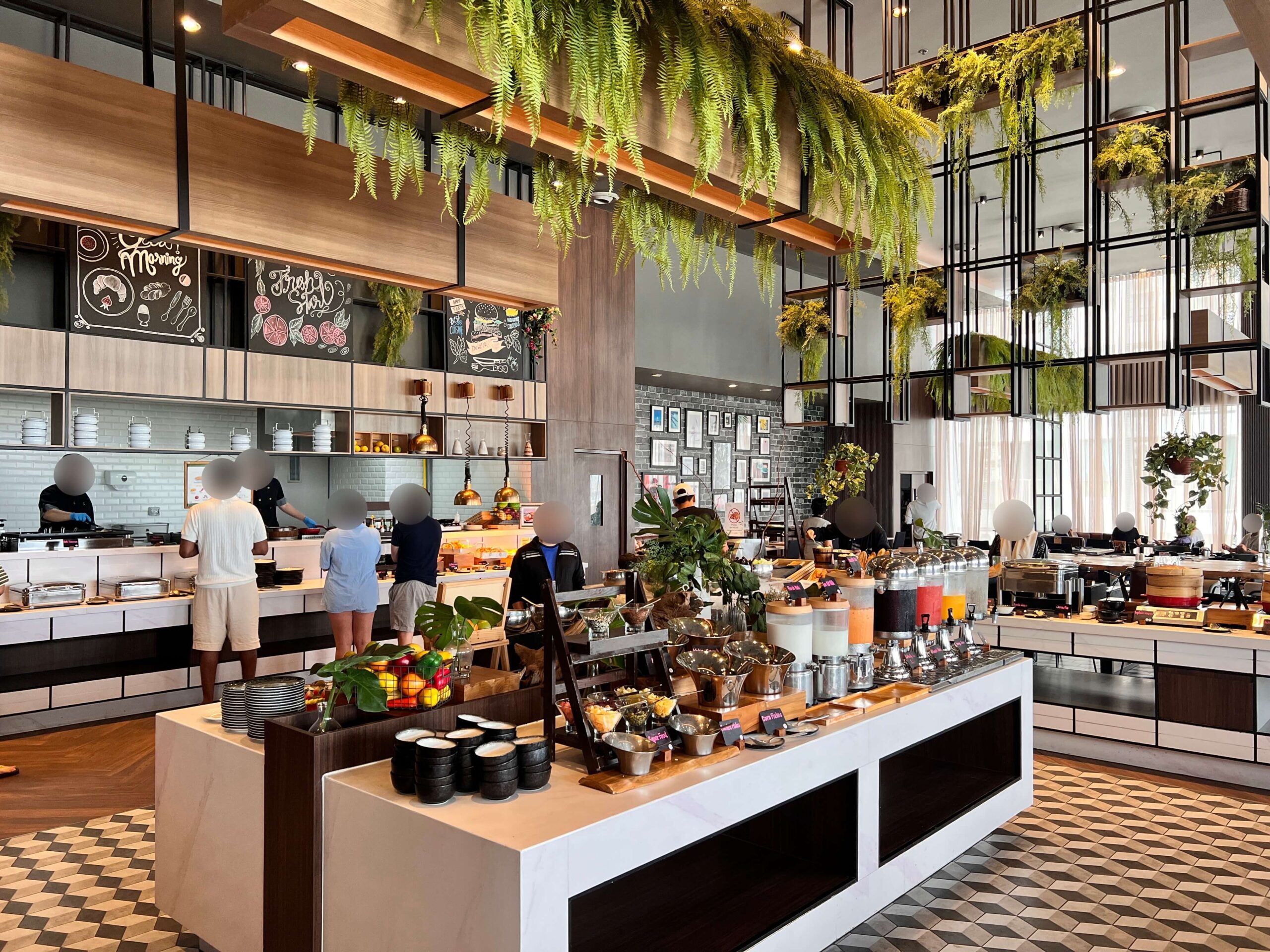Image source: Getty Images
I bought Phoenix (LSE: PHNX) shares 18 months ago when the dividend yield was close to 10%. That was a remarkable level of income, and I’m glad I took the plunge.
I’ve already received three bumper payouts, while the Phoenix share price has climbed 20% in the last year. It’s not climbing today (2 September), though.
FTSE 100 income star
Shares in Phoenix Group Holdings, to use its full name, are down 3.74% to 656p today, as concerns over rising UK bond yields rattle markets. Phoenix manages around £280bn of assets, so falling stock markets can reduce the value of its portfolio.
Rising bond yields are a particular threat to high-yield dividend stocks because they offer investors a higher ‘risk-free return’ from government debt, without exposing their money to the market volatility of equities.
Yet, Phoenix looks solid. Cash generation rose 22% to £1.4bn in 2024. Management is targeting £5.1bn in total between 2024 and 2026, which should support steady future dividends. Its solvency ratio remains strong at 172%.
Equity risks remain
There’s always the chance that dividend payments could be trimmed one day, although Phoenix has managed to hold or increase them in nine of the last 11 years, with average annual increases of 2.91%. Nothing is guaranteed, but the track record is encouraging.
Despite the dip, the stock trades on a price-to-earnings ratio of 15. That looks fair value rather than cheap. I think we could be in for a bumpy September, and I’m wondering whether I should take the opportunity to pick up more Phoenix stock at the lower price.
At today’s price, I could buy 304 shares with £2,000 after charges. Analysts expect the next payout to be 25.95p per share. On that basis, that £2k would hand me £78.88 in dividend income.
In fact, I’d get more. I already own 871 shares, which will generate £226. Combined with the new holding, that’s around £305 landing in my account on 30 October. Which is pretty handy. I’d automaticaly reinvest it, something I do with every dividend I receive, as this accelerates the compounding process. This would further increase my stake in Phoenix, and set me up for even more dividends next year.
Reinvest to grow
Of course, this isn’t an easy win. Once a stock goes ex-dividend, its share price typically falls by the amount of the payout to reflect the lost value. Some investors also sell immediately after the ex-dividend date, knowing their cash is on the way. The important thing for me is that nobody can take this income from me once it is declared.
My own plan is simple. I aim to hold this stock for years, reinvesting each twice-yearly payout to buy more shares, and treating any capital growth on top as a bonus.
With the stock still offering one of the highest yields on the FTSE 100, I think income seekers might consider buying Phoenix before it goes ex-dividend on 2 October. I’ve got some cash in my SIPP, and plan to do so myself.
This story originally appeared on Motley Fool













